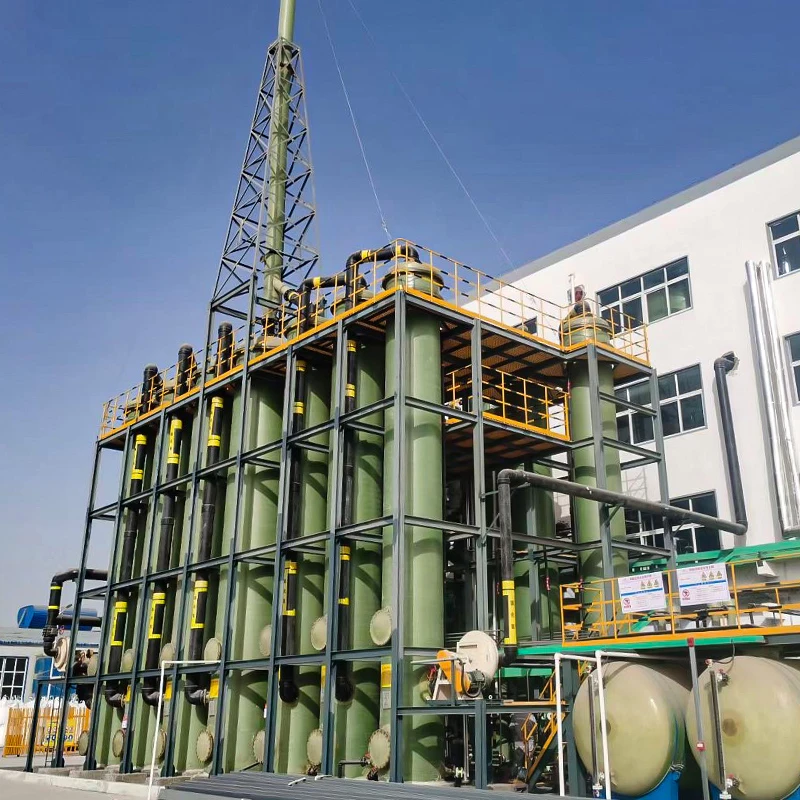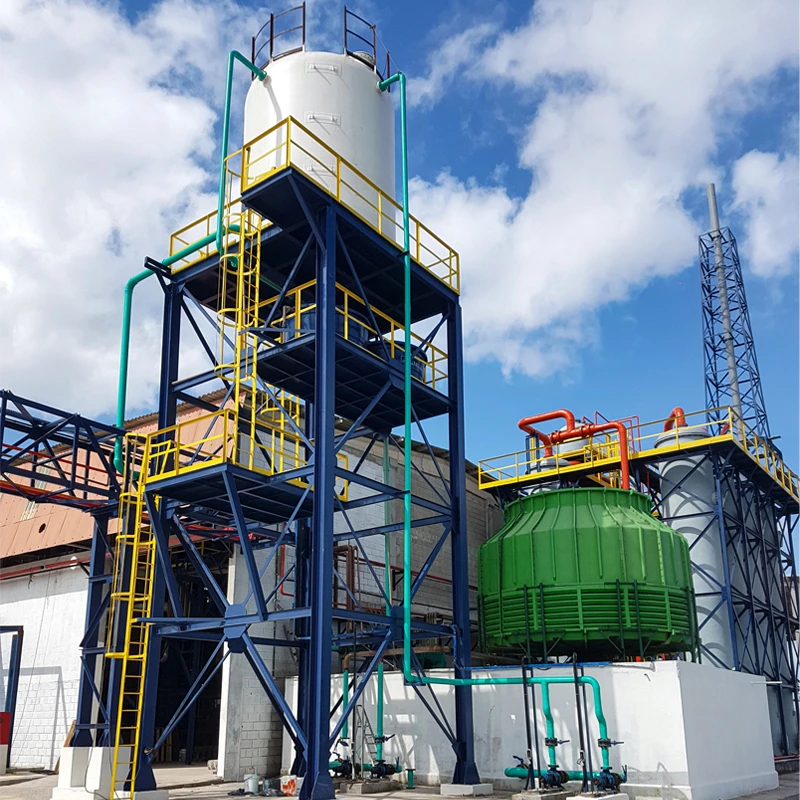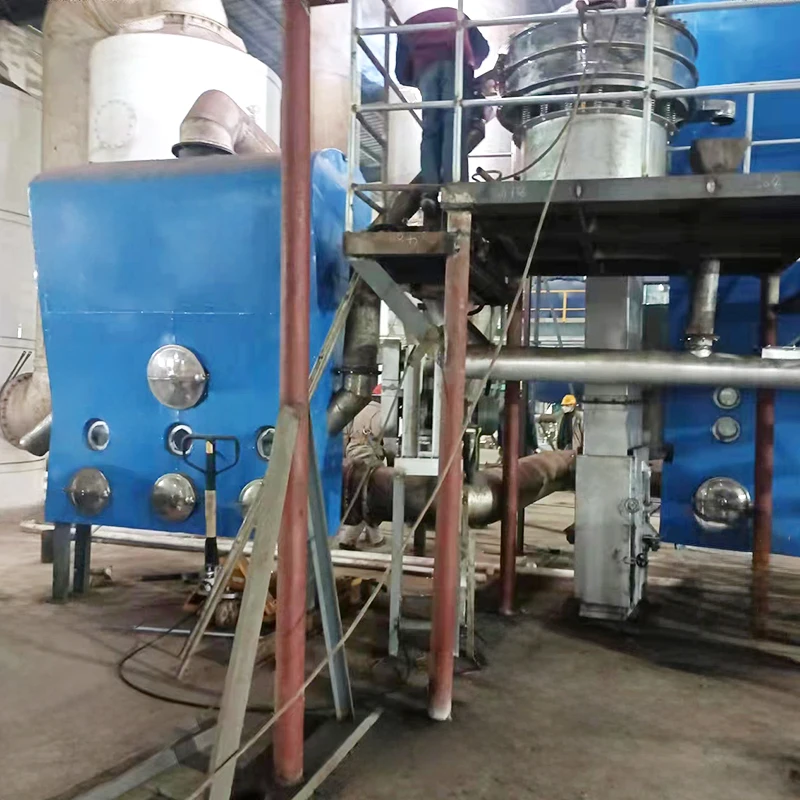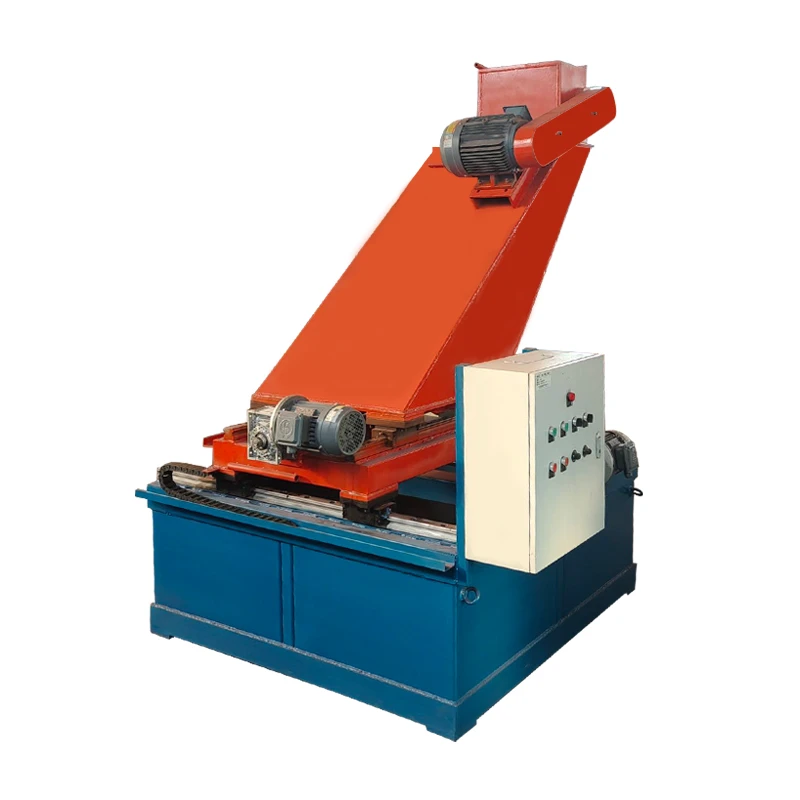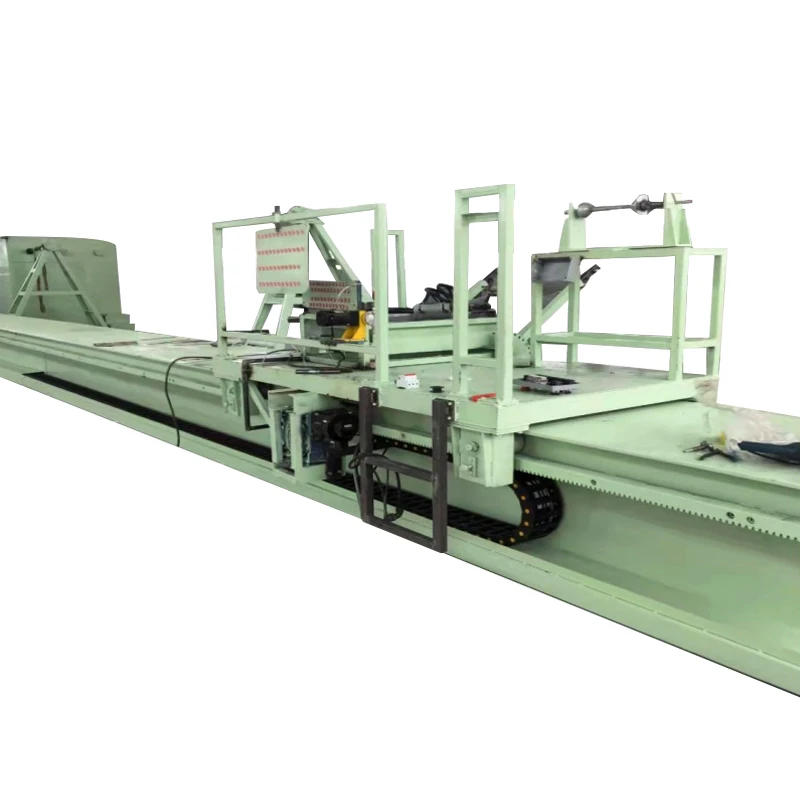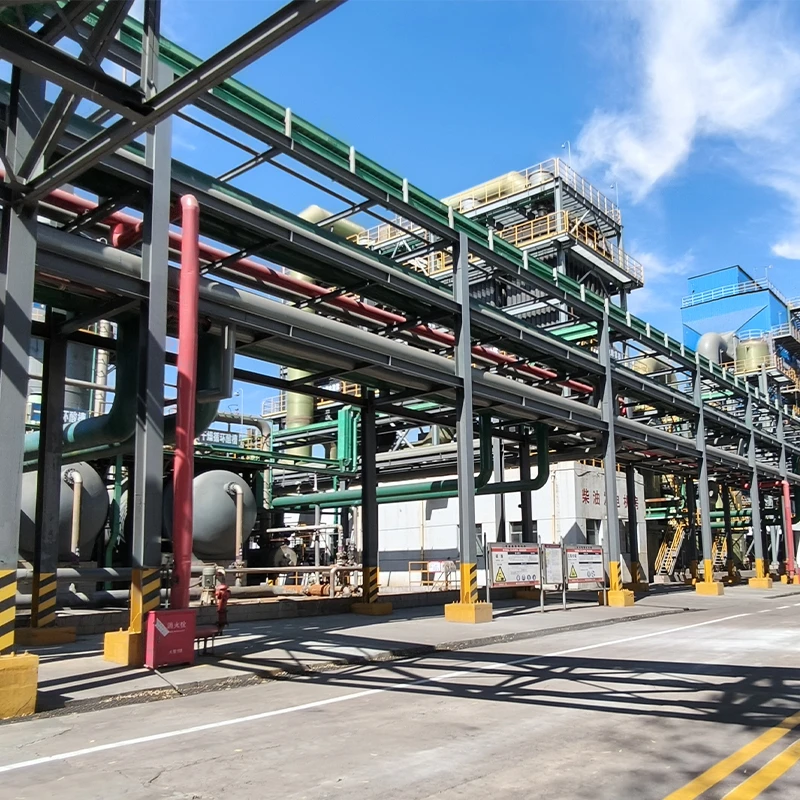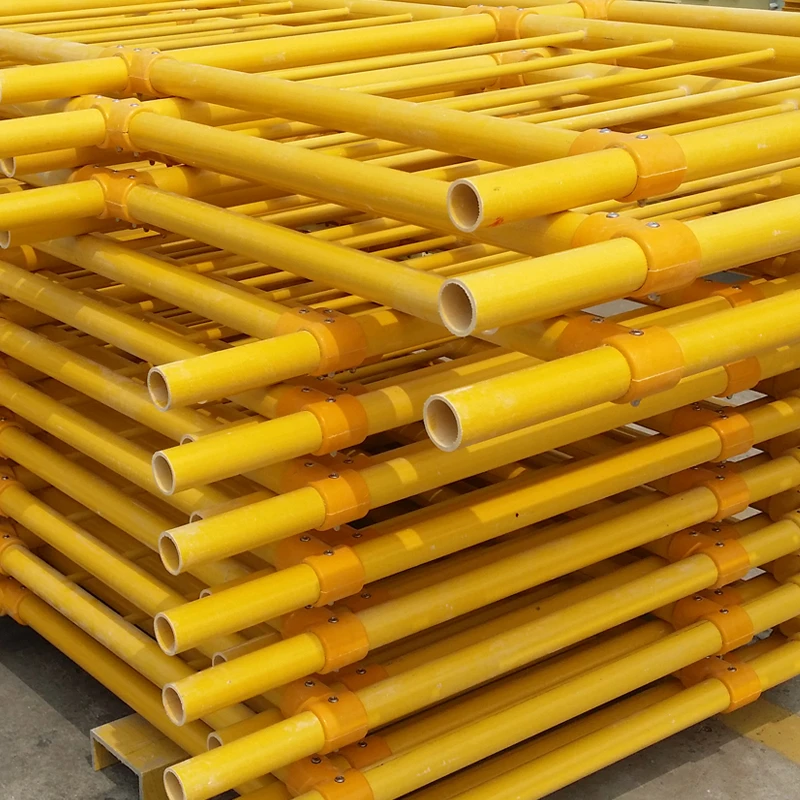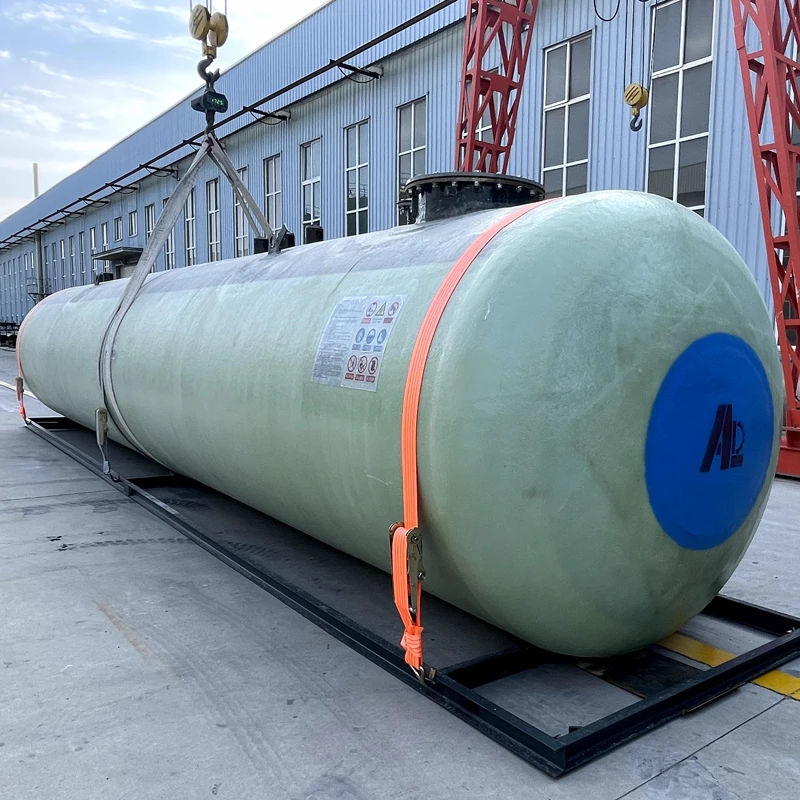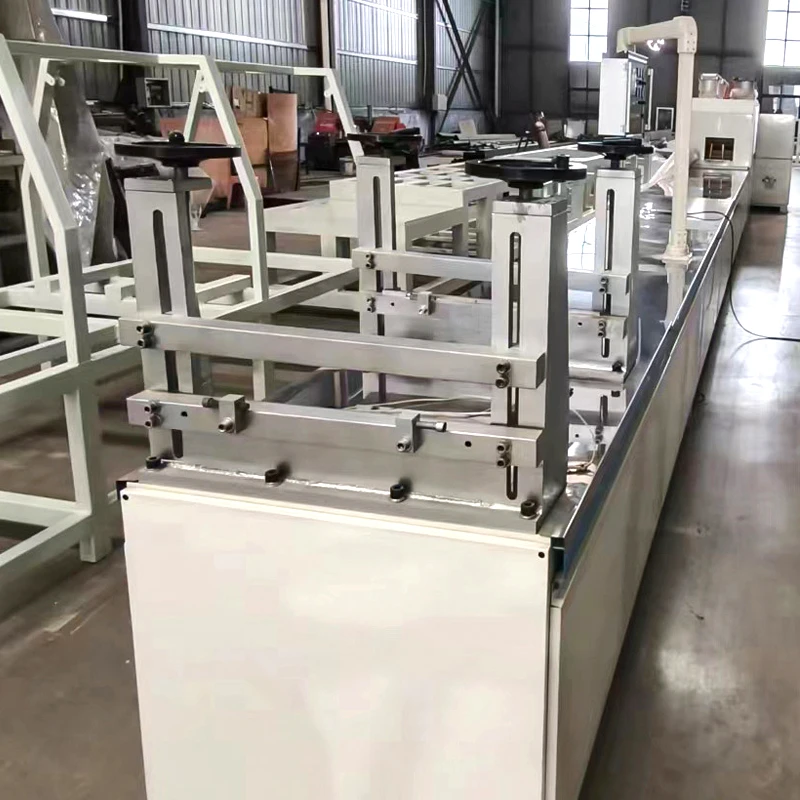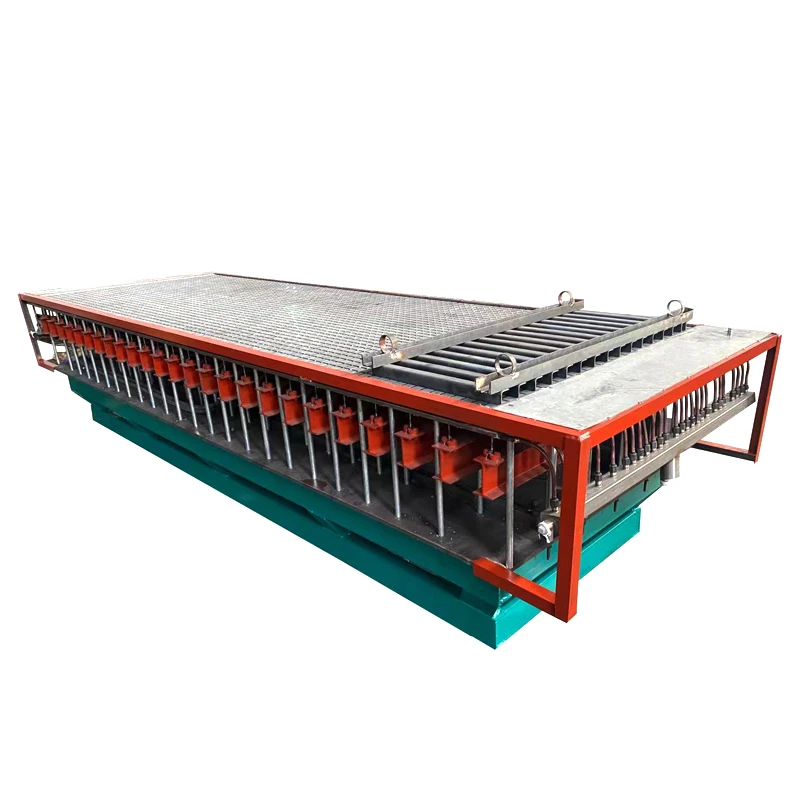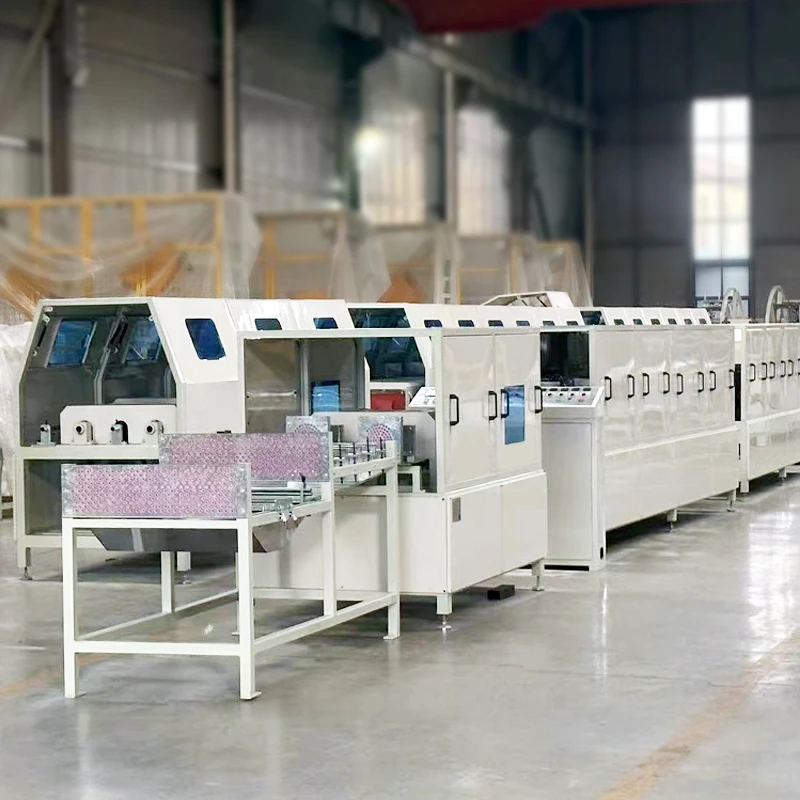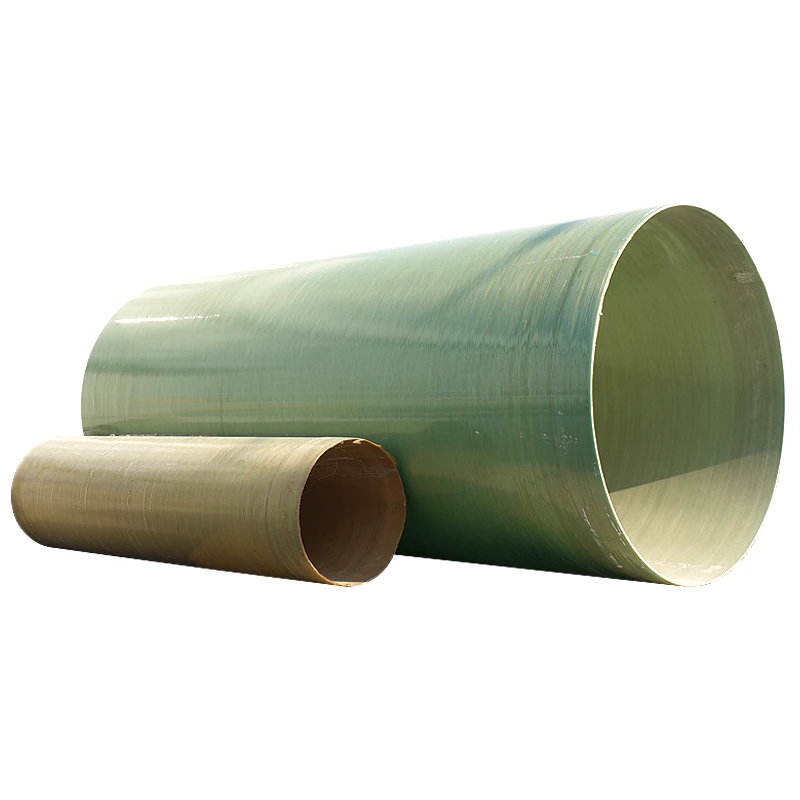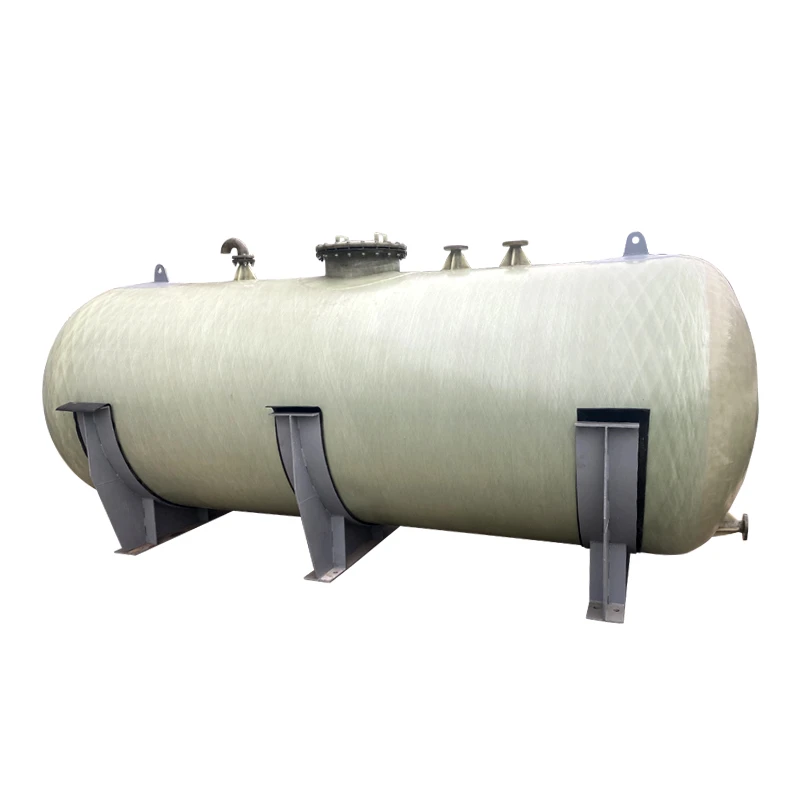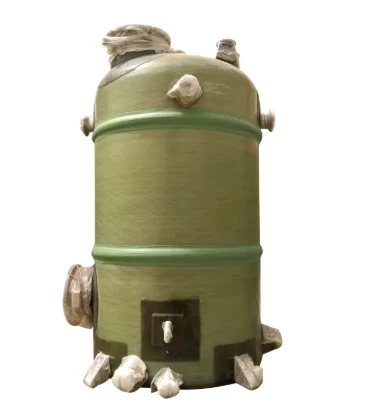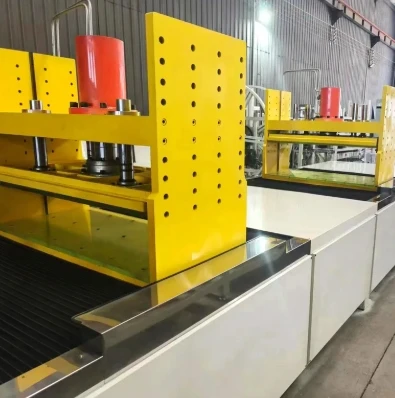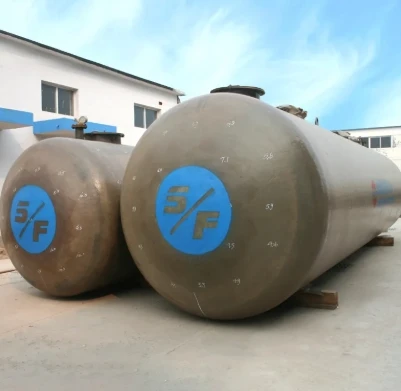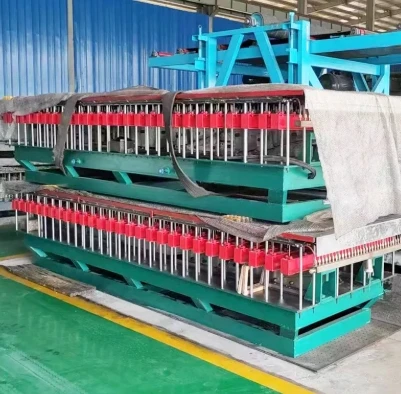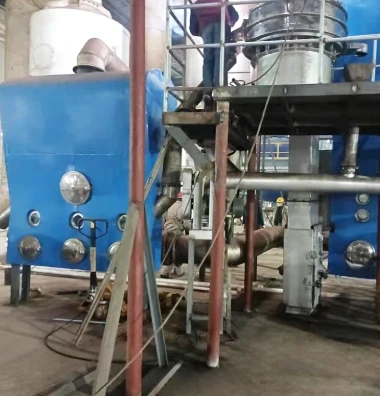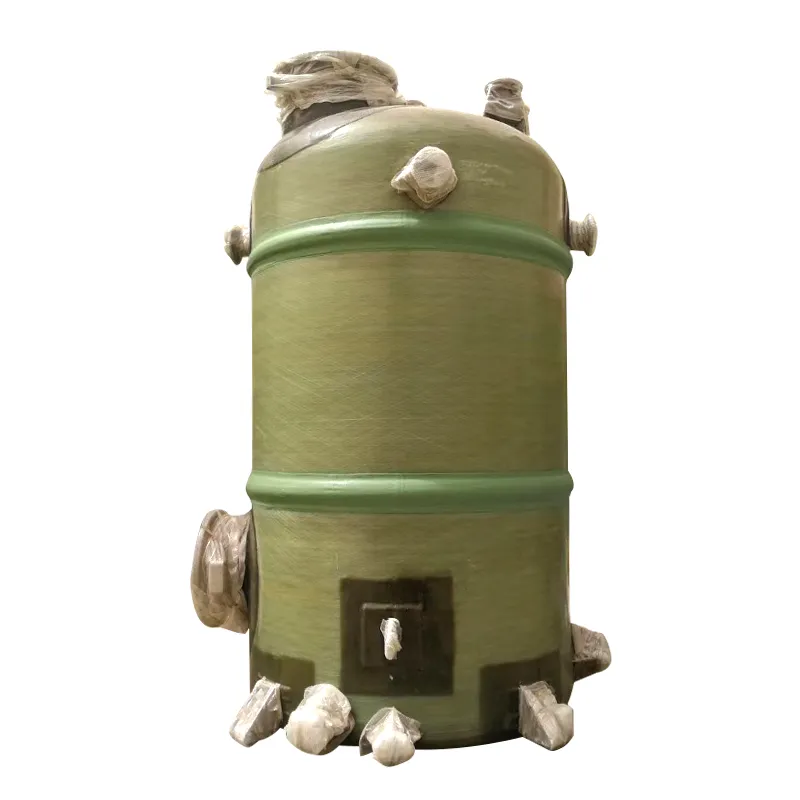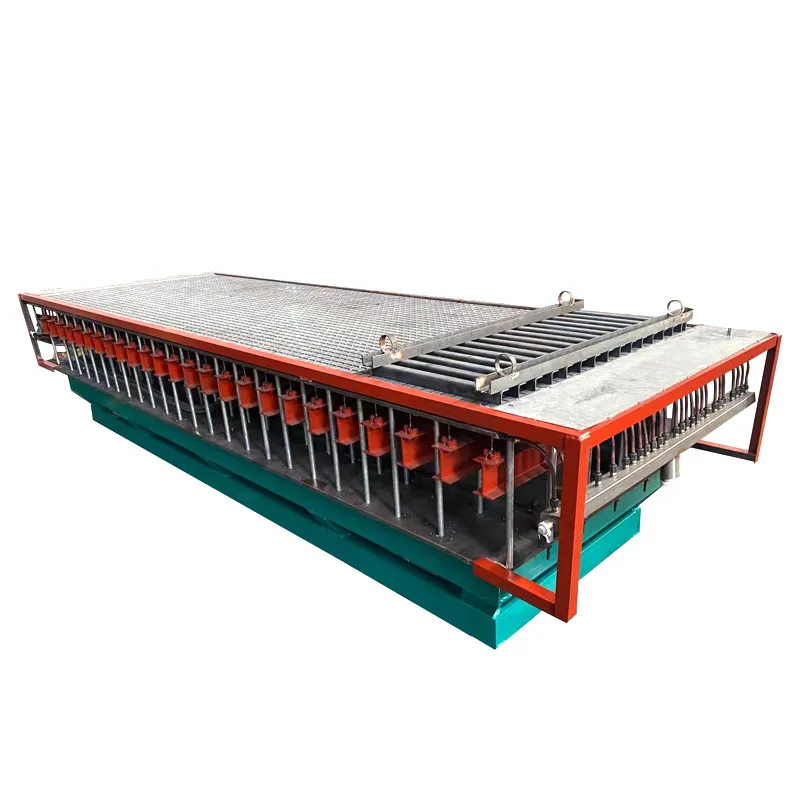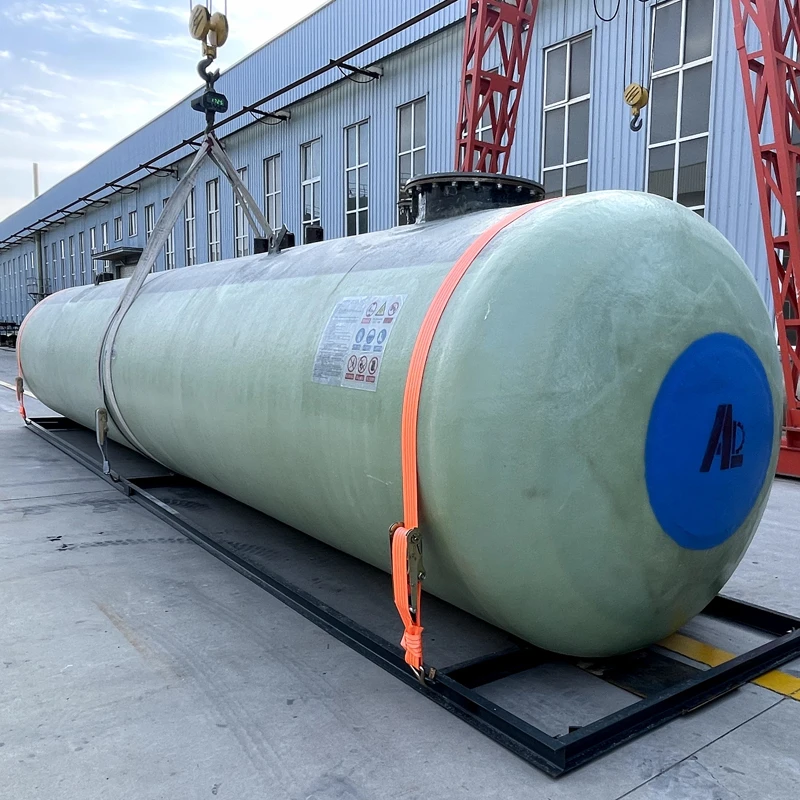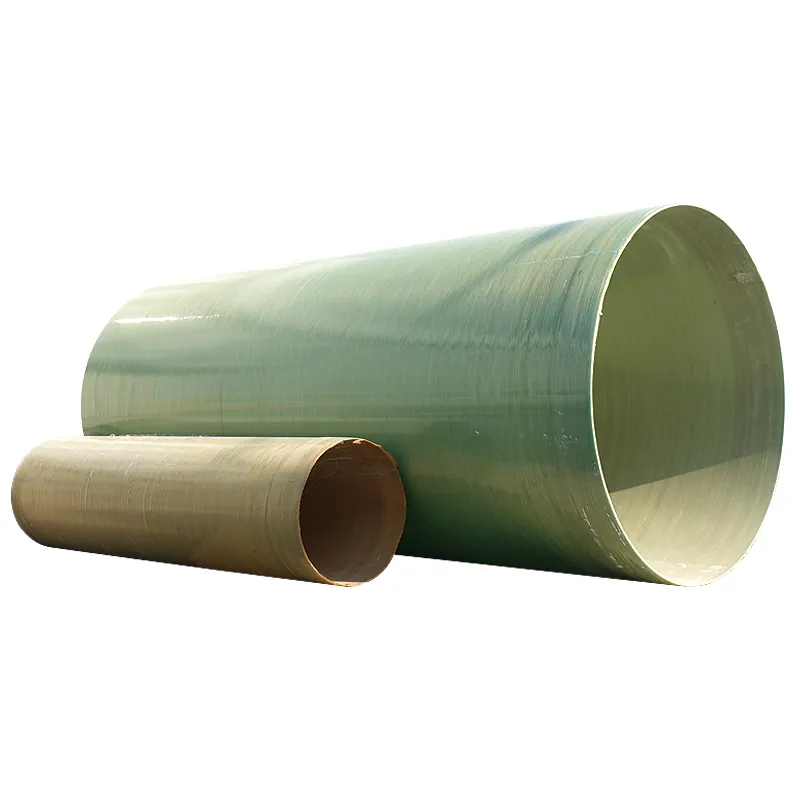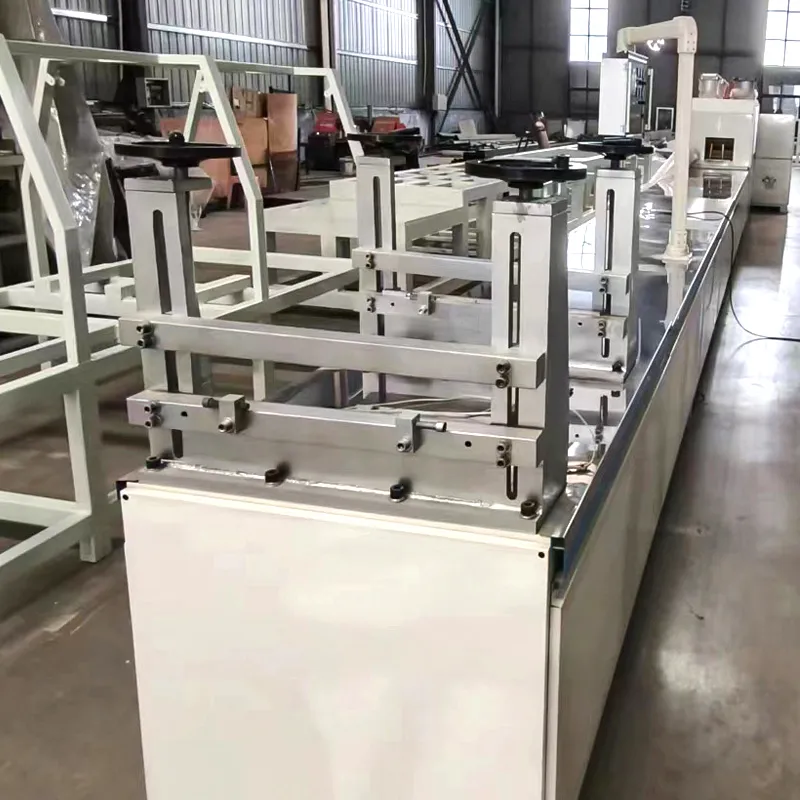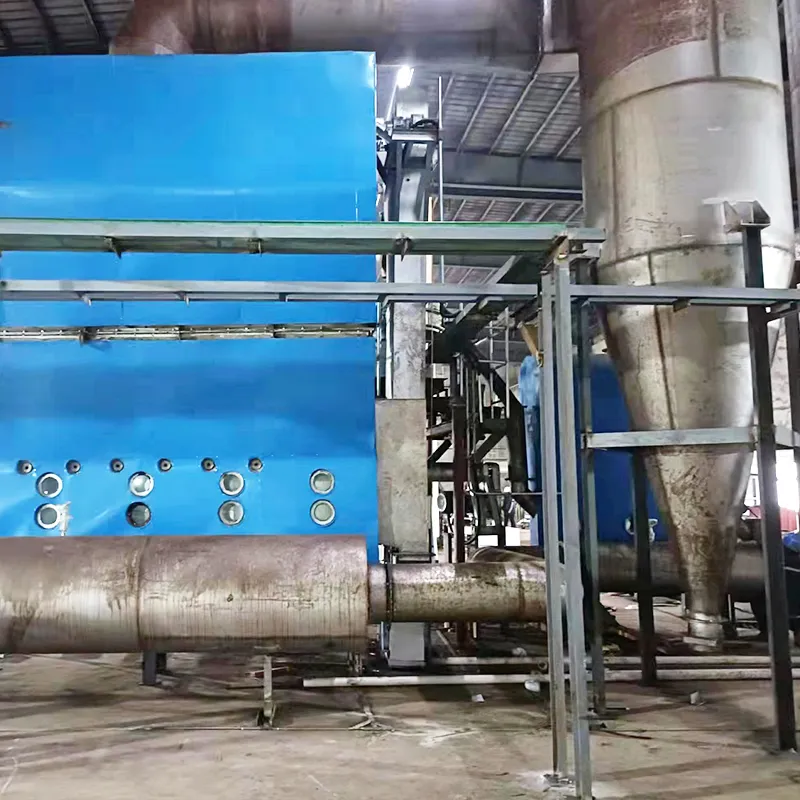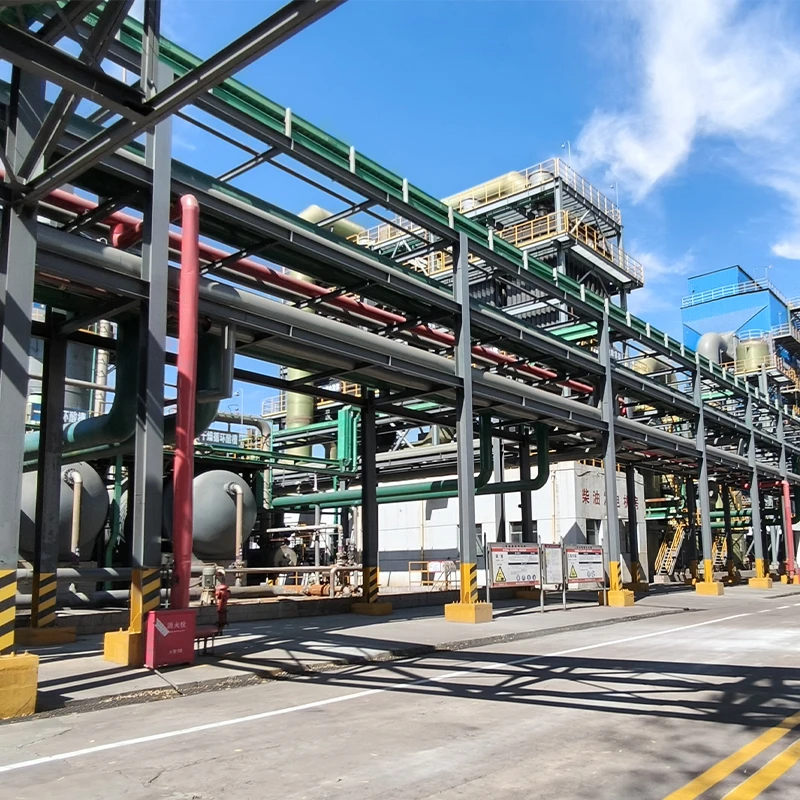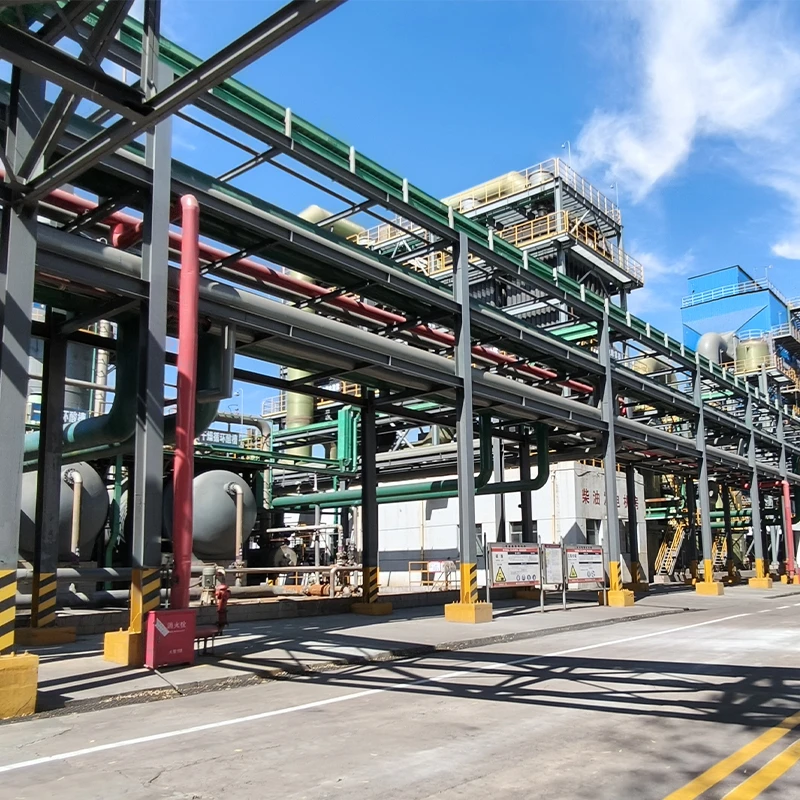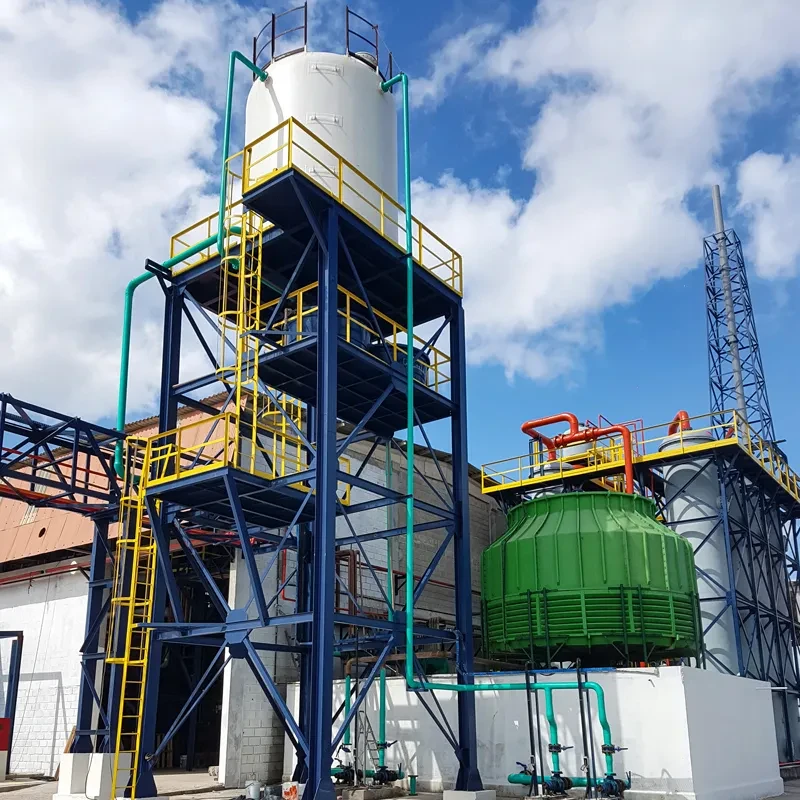Sulfuric Acid Production Line - Hebei Aoliande | Advanced Technology & Sustainable Solutions
Producing sulfuric acid (H2SO4) is a critical process in various industrial applications, from fertilizer manufacturing to chemical synthesis. The **sulfuric acid production line** offered by Hebei Aoliande Chemical Equipment Co., Ltd. represents a cutting-edge solution that combines traditional methods with modern innovations. This article explores the **sulfuric acid plant**'s technical specifications, advantages, and applications, while also highlighting the company's commitment to quality and sustainability.
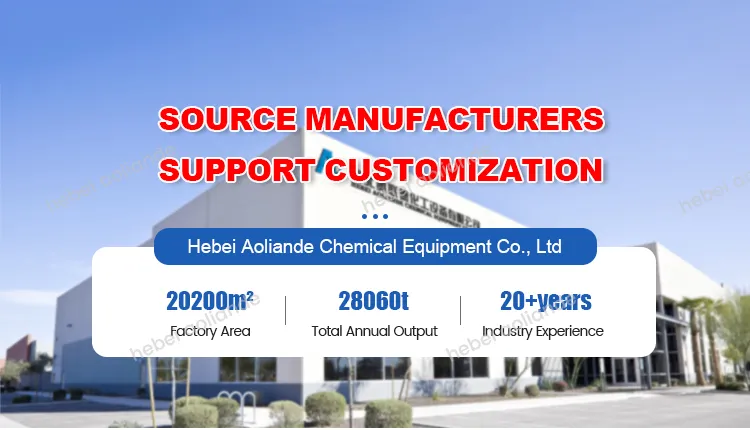
Product Overview: The Mannheim Process and Its Evolution
The **sulfuric acid production line** is based on the **Mannheim process**, a widely used method for producing sulfuric acid. This process involves the reaction of potassium chloride (KCl) with sulfuric acid (H2SO4) at high temperatures. The **commercial production of sulphuric acid** via the Mannheim process accounts for 50-60% of global supply, but it has historically faced challenges such as high energy consumption and environmental concerns.
Hebei Aoliande has significantly improved the **Mannheim furnace** process, addressing these issues through advanced engineering and material science. The company's innovations include enhanced furnace construction, optimized energy efficiency, and improved hydrochloric acid (HCl) absorption systems. These upgrades ensure **sulfuric acid plant** stability, reduced environmental impact, and lower operational costs.
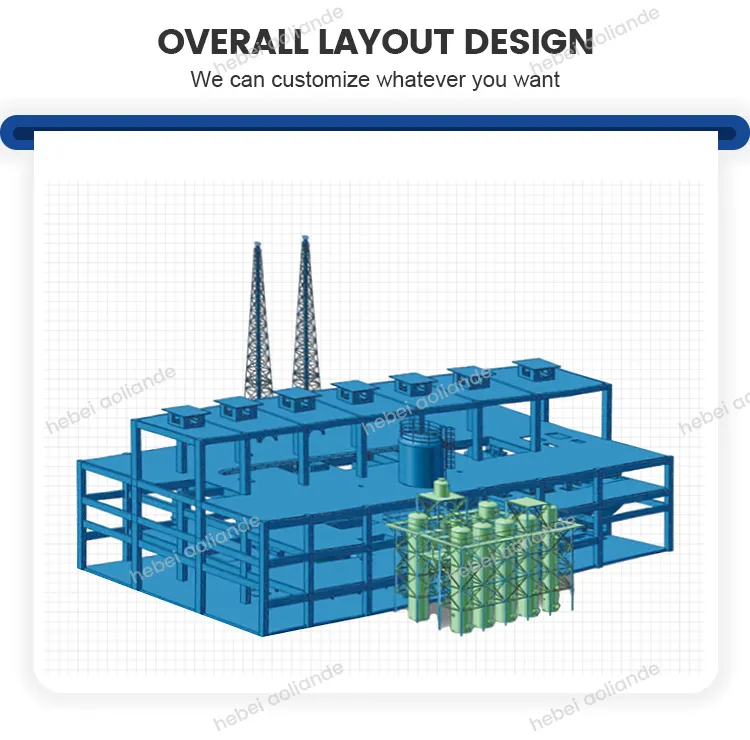
Technical Specifications: Precision and Performance
The **sulfuric acid production line** is engineered to meet the demands of modern industrial applications. Below is a detailed specification table:
| Parameter | Details |
|---|---|
| Production Capacity | Customizable, ranging from 50 to 500 tons/day |
| Reaction Temperature | 600°C–800°C (Mannheim furnace) |
| Energy Consumption | Low energy design, 15–20% reduction compared to traditional methods |
| Hydrochloric Acid (HCl) Absorption Efficiency | 98%+ with advanced absorption systems |
| Material of Construction | Corrosion-resistant alloys and FRP (Fiberglass Reinforced Plastic) components |
| Automation | PLC (Programmable Logic Controller) for process control |
| Environmental Compliance | Waste recovery systems for HCl and reduced emissions |
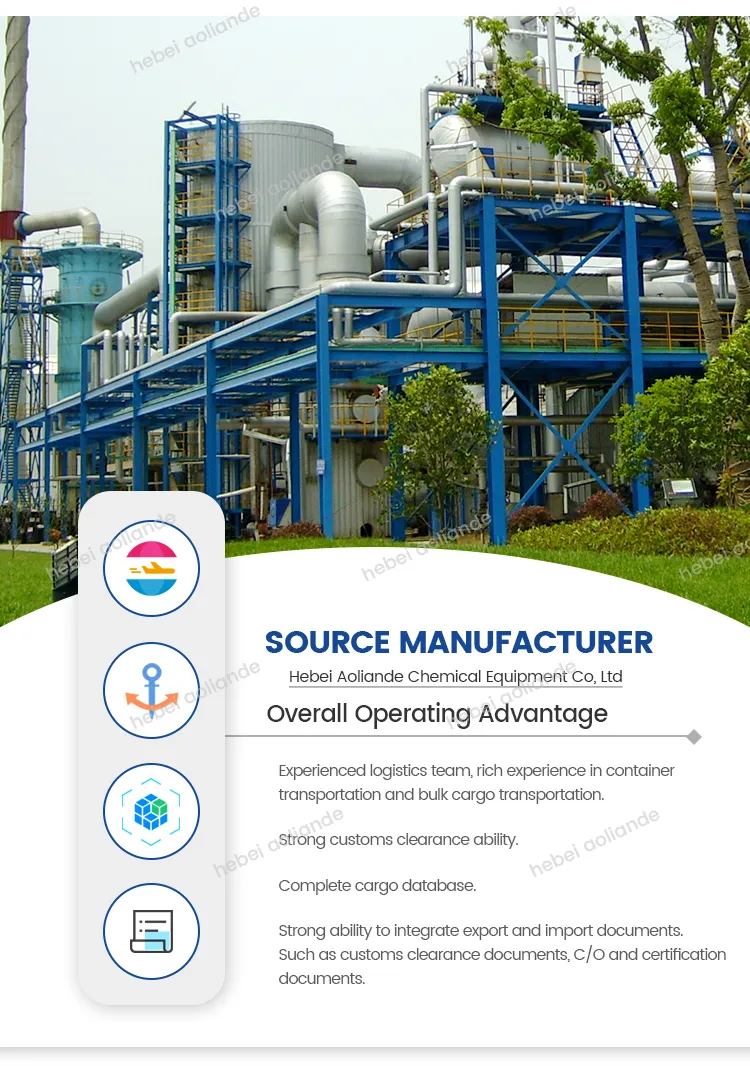
Technical Advantages: Innovation for Industry
Hebei Aoliande's **sulfuric acid plant** offers several technical advantages that set it apart from traditional systems:
- Corrosion-Resistant Materials: Key components are made from specialized alloys and FRP, ensuring durability and a long service life. This reduces maintenance costs and downtime.
- Waste Recovery System: The system recycles hydrochloric acid (HCl), minimizing waste and addressing environmental concerns. This aligns with global trends toward sustainable manufacturing.
- Enhanced HCl Absorption: The improved absorption system ensures higher product quality and efficiency, meeting strict industry standards.
- Energy-Efficient Design: Optimized flue design and gas generators reduce energy consumption, lowering operational costs and carbon footprint.
- PLC Automation: The use of PLC systems allows precise control over feedstock ratios and production processes, improving consistency and reducing labor costs.
- Stable Production: The system is designed for continuous operation, ensuring reliability and scalability for large-scale **sulfuric acid production**.
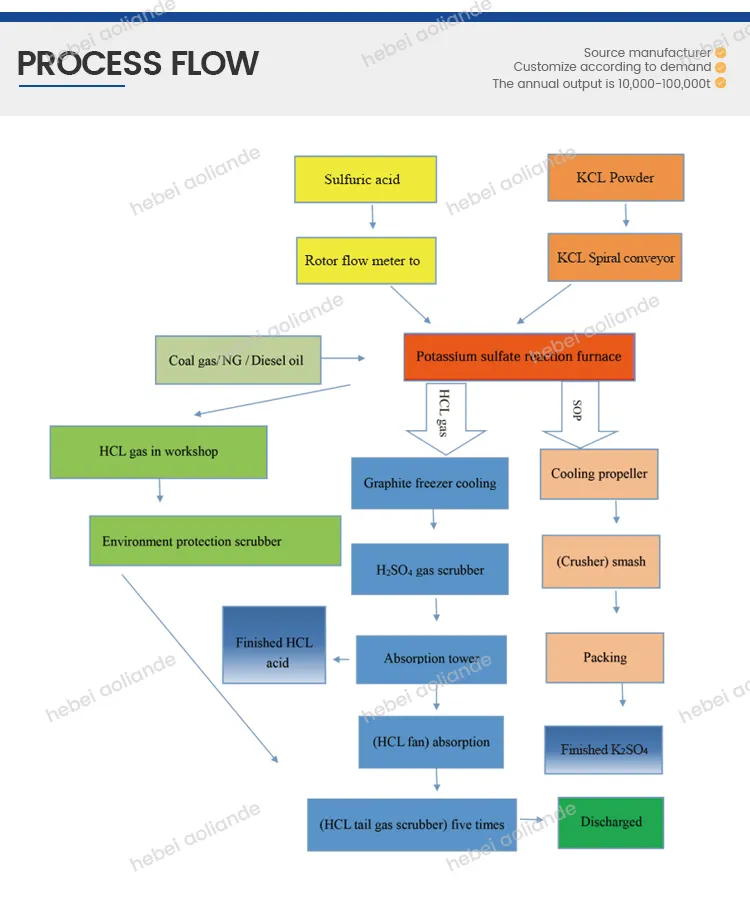
Applications: Versatile Solutions for Global Industries
The **sulfuric acid plant** is designed to meet the needs of diverse industries. Key applications include:
- Fertilizer Manufacturing: Sulfuric acid is a critical component in producing potassium sulfate (K2SO4), a key fertilizer for agriculture. The **sulfuric acid production line** ensures efficient and cost-effective fertilizer production.
- Chemical Industry: The plant supports the production of various chemicals, including dyes, pharmaceuticals, and industrial solvents.
- Metallurgy: Sulfuric acid is used in ore processing and metal purification, where its high reactivity and purity are essential.
- Environmental Protection: The waste recovery system makes the **sulfuric acid production line** ideal for industries seeking to reduce environmental impact.

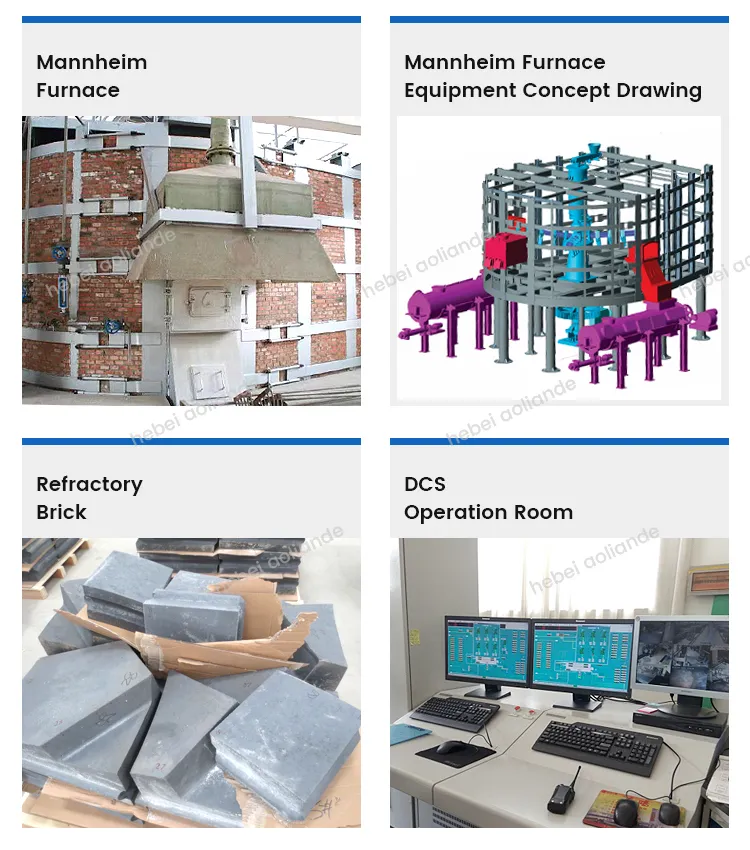
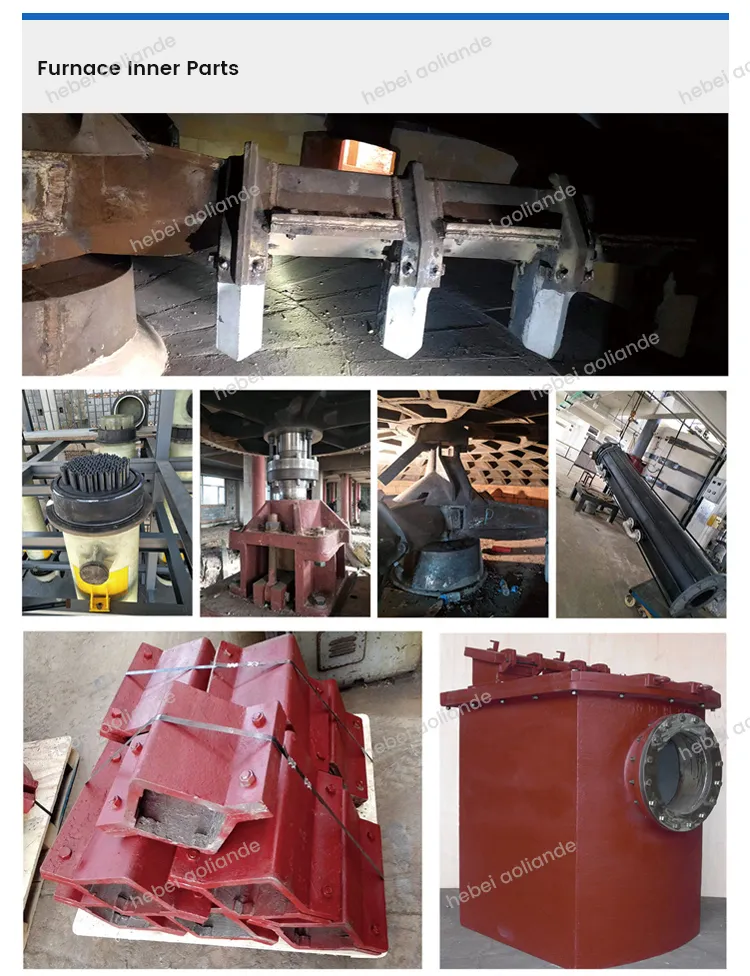

Company Profile: Hebei Aoliande Chemical Equipment Co., Ltd.
Hebei Aoliande Chemical Equipment Co., Ltd. is a leading manufacturer of **FRP pipes**, **FRP storage tanks**, and **FRP production machinery**. With over 50 employees and annual sales exceeding $5 million, the company has established a global presence in markets such as the United States, Brazil, Japan, Germany, India, Malaysia, and Egypt.
Hebei Aoliande's commitment to quality is reflected in its ISO 9001 and ISO 14001 certifications, which ensure adherence to international standards for quality management and environmental protection. The company's innovative approach to **sulfuric acid plant** design has earned it the trust of customers worldwide.
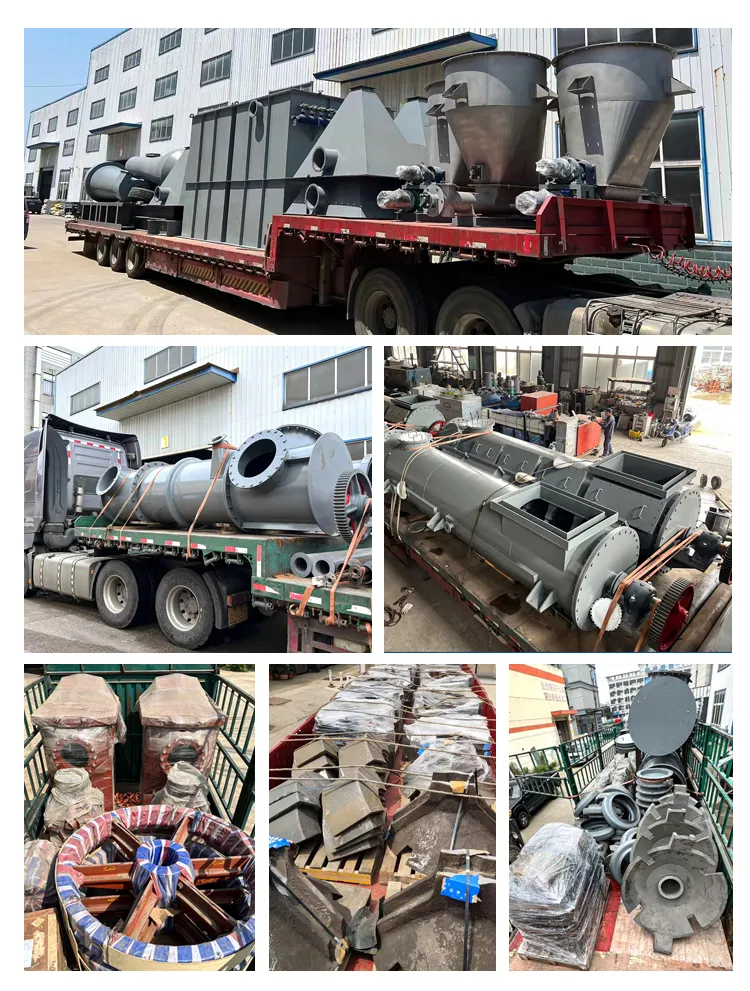
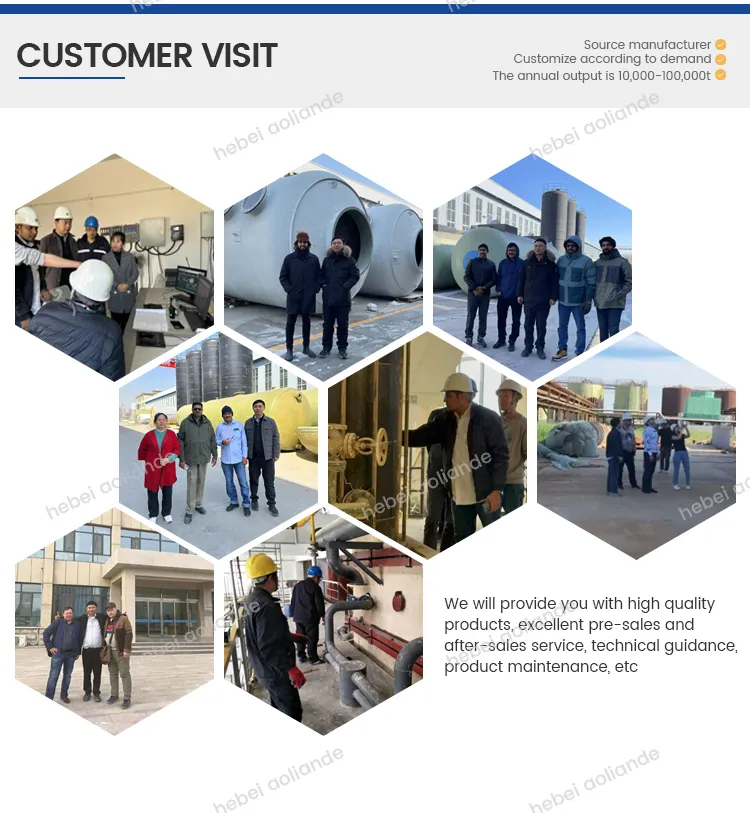
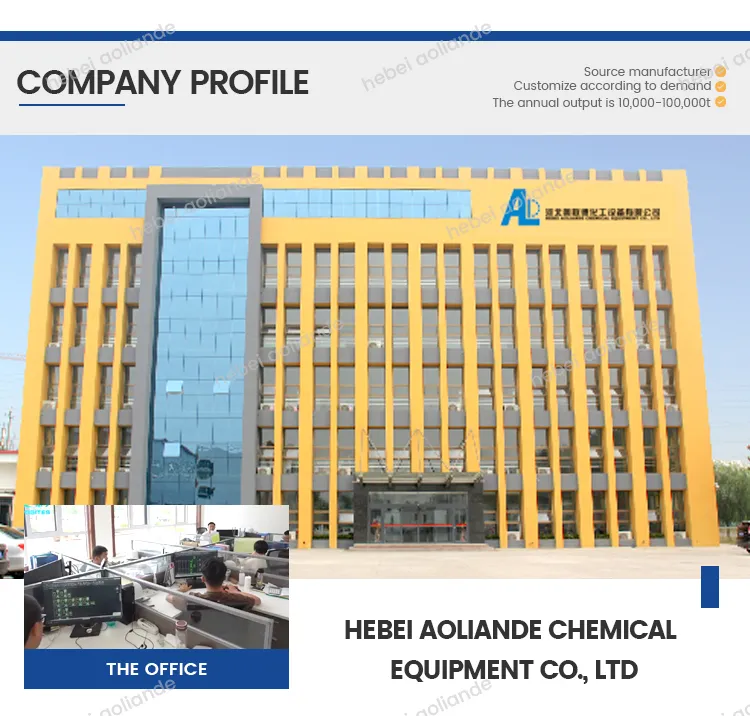
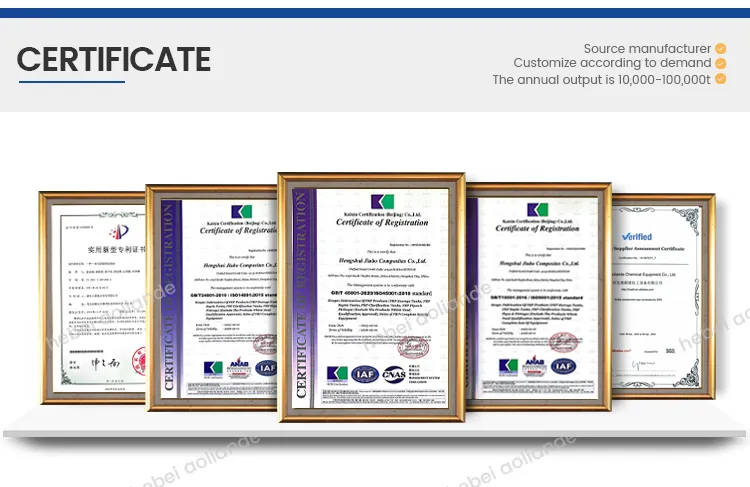
Conclusion: A Sustainable Future for Sulfuric Acid Production
The **sulfuric acid production line** by Hebei Aoliande Chemical Equipment Co., Ltd. exemplifies the synergy between traditional methods and modern technology. By addressing the limitations of the **Mannheim process**, the company has created a system that is efficient, sustainable, and adaptable to diverse industrial needs.
As industries worldwide prioritize environmental responsibility and operational efficiency, the **sulfuric acid plant** offers a reliable solution for meeting these challenges. With its advanced technical specifications, innovative design, and global reach, Hebei Aoliande is well-positioned to lead the future of **sulfuric acid production.
References
1. National Institute of Standards and Technology (NIST)
https://www.nist.gov/
The NIST provides critical standards and research that support industrial innovation, including guidelines for chemical production and environmental sustainability.
2. ISO 9001 and ISO 14001 Certifications
https://www.iso.org/standards.html
These international standards ensure quality management and environmental protection in manufacturing processes.

